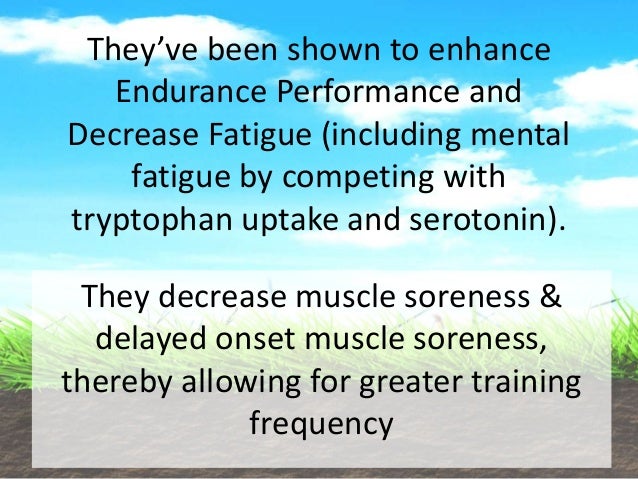Image source: http://giantimagemanagement.com/yahoo_site_admin/assets/images/visa.93152628_std.jpg
As a lifelong runner, master's and senior competitor in track and field, I have read hundreds of stories on training techniques.
These same hundreds of stories generally dealt with addressing specific aspects of training.
It was not until I bought and read "Running, The Lydiard Way" that training philosophy became more important than individual workouts to achieve specific results.
Lydiard was New Zealand's top marathon runner before his runners burst on the scene in the 1960 Rome Olympic Games.
Murray Halberg won the 5000 meters and became a sub-four-minute miler who went on to set a string of world records. Peter Snell won the 800 meters. Snell would win both the 800 and 1500 meters at the 1964 Tokyo Olympics, and John Davies would earn the Bronze medal in the 1500.
When Lydiard went to Finland to change the fortunes of its running program, the result was that Lasse Viren won the 5000 and 10,000 meter double at both the 1972 and 1976 Olympic Games.
It was the influence of Lydiard that led New Zealand to create the first organized jogging group in the world.
Bill Bowerman, the University of Oregon's legendary coach, went to New Zealand to see what Lydiard was doing and returned to create the jogging craze in the United States.
Arthur Lydiard's basic theory was that long, even-paced running at a strong speed increases strength and endurance, even when it is continued close to the point of collapse; it is beneficial, not harmful, to regular competition.
It is hardly a stretch to suggest that Lydiard's influence has made him the greatest coach ever. No less of a coach that Bill Bowerman said in his book, "Coaching Track and Field", that "there is no better distance coach in the world (than Arthur Lydiard)."
After reading and studying Lydiard's book (written with Garth Gilmour), I condensed the following training philosophy of Lydiard's system and continue to study and use it today:
Arthur Lydiard on Running:
Aerobic exercise is 19 times more economical than anaerobic exercise.
A daily program of sustained running is essential to achieving correct respiratory and circulatory development. The longer the periods of running, the better the results of the sustained effort will be.
You should understand that it is the speed of the running that stops you, not the distance. Running that breaks the even passage of time and distance is anaerobic, not aerobic, and it must be avoided.
All this running must be steady and even, at a pace that leaves you tired at the end, but knowing you could have run faster if you had wanted to. In other words, you should be pleasantly tired.
Your aim is to find your best aerobic speed over the various courses. If, during any of these runs, you find you have to ease back a little to recover, you will know that you have moved into the anaerobic phase. This is neither economical nor desirable.
Continual creation of large oxygen debts by doing anaerobic training accumulates:
1) lactic acid and other wastes
2) upsets the nutritive system
3) reduces the benefits of vitamins
4) reduces nourishment from food
5) disrupts enzyme functions
6) slows recovery
7) makes further training difficult
8) upsets the nervous system
9) makes you disinterested and irritable
10) induces insomnia and low spirits
11) endangers your general health
12) makes you vulnerable to injuries and illness.
My most frequent admonition to athletes and coaches is: train, do not strain.
Running is without question the best exercise for runners, and provided you watch the degree of effort, you can not really do too much of it.
Once you are moving freely over the shorter runs, you should move into one or two longer runs each week to maintain the improvement and build confidence in yourself.
The anaerobic stage of your preparation should only be tackled after you have developed your aerobic capacity and maximum steady state to the highest possible levels. Four weeks of hard anaerobic training is usually enough.
Do not let age deter anyone from tackling long mileages, as long as the individual is happy about it and exercises carefully.
Running, I repeat, is the best exercise for runners, and the more you do in a balanced aerobic-anaerobic ratio according to this overall system, the better you will be.
If you do not understand the difference between aerobic and anaerobic running and other terms used here, you could buy Lydiard's book and learn the difference.
Lydiard's work is a textbook not only on his philosophy of running but also on the physiology of exercise.
Copyright (c) 2007 Ed Bagley
